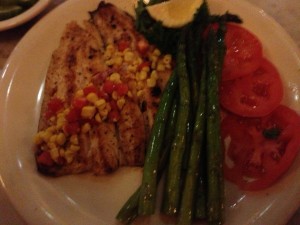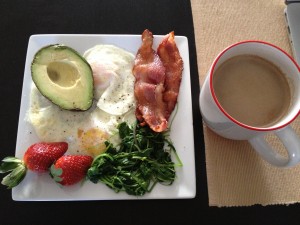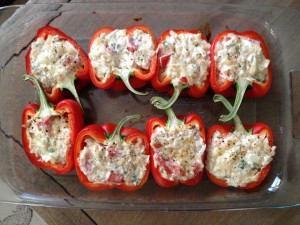What should I eat to improve body composition and gain energy?
If you are asking yourself this question or similar ones about nutrition you may be looking for “Your Best Diet.”
What is “The Best Diet?” The answer is, it depends…. The best diet is different for everyone based on their goals, health status and accessible foods.
Marketing material, doctors, trainers, coaches, nutritionists and peers may all give you conflicting advice.
So, where to begin?
Here are seven simple guidelines to help you develop “Your Best Diet”:
1. Determine Your Goals! If you don’t have goals then it really does not matter what you do because you have nowhere to go….
Maybe you want to loose a certain amount of body fat, improve your overall energy, lower your cholesterol and/or decrease simple sugar intake.
What ever your goals are, think about them and write them down. Make some goals specific and measurable. Goals can change so reassess these on a regular basis.
2. Get blood work from your doctor (or order your own blood work online from Direct Labs especially if it has been more than 1 year).
If you are not sure what to check choose a CWP (Comprehensive Wellness Profile). The CWP will cost under $100 and provides you with the basic tests for your overall health. Once you have your blood work results I recommend seeking a professional who you trust to help you asses your results, compare with previous results and give you feedback.
3. Check your body weight, girth measurements and (if possible) body composition by using a scale, tape measure and/or skin calipers. This will give you a starting point and data to remeasure each month to track progress. While knowing that your clothing fits differently or someone comments on the way you look is good feedback, body composition gives you quantifiable data.
4. Determine caloric needs. I use the Cunningham Equation based on body weight and body fat or Lean Body Mass (LBM). There are also many other formulas and ways to measure your Basal Metabolic Rate (calories burned at rest) to determine daily caloric needs. Using a trusted formula based on extensive research is a great starting point.
5. Develop a grocery list with fresh foods high in fiber and nutrients and low in simple sugars. Shop on the outsides of the grocery store in refrigerated and freezer sections for most products. When choosing foods always read the ingredients. If you do not recognize an ingredient, look it up. The less ingredients there are, the more likely the food will be a healthier choice.
6. Count your calories. I use an online website such as MyPlate. Counting your calories is important for healthy body composition changes and energy maintenance. It is also a good way to determine your percentages of carbohydrates, fats and proteins through trial and error. You don’t have to count calories everyday but it’s good practice so you become aware of what and how much you are eating. Start with three days of food logging. If you get out of the habit repeat the three day logging once a month until you reach your body composition goals.
7. Finally, take the initiative to plan and prepare your meals. I enjoy using simple, balanced and tasty recipes from The Feed Zone Cookbook.
These seven guidelines have helped my clients become more aware of their diet needs, nutrition habits and achieve their goals.
Start your journey and develop “Your Best Diet.”
Visit me at enduranceworks.net for personalized nutrition help…
Happy and Healthy Eating!
Krista Schultz, MEd, CSCS




Hey! It’s Annette….Jill’s friend. 🙂 I just read this blog post and when I saw Mark’s announcement I of course thought of you… 🙂 Check it out at the top of his blog post. Maybe you could be featured in his new book. Not sure if you eat that way but I thought you might….. It might help your business too….who knows. 🙂 Hope you’re doing well!
http://www.marksdailyapple.com/sticking-it-out-and-becoming-healthier-every-year/#axzz2ugItEWt3